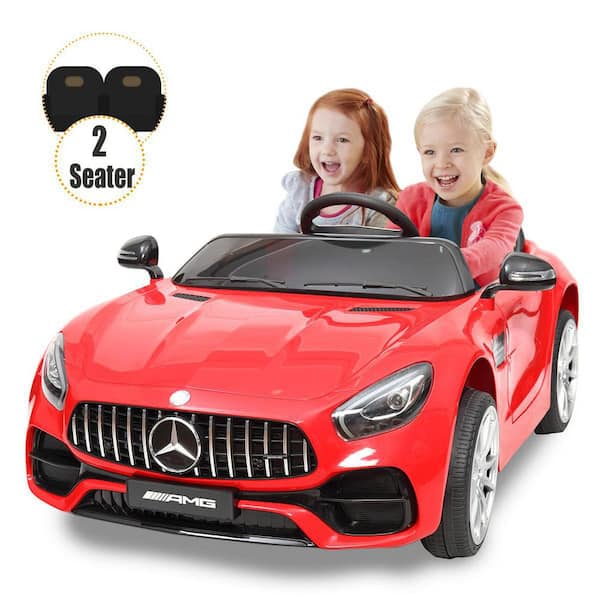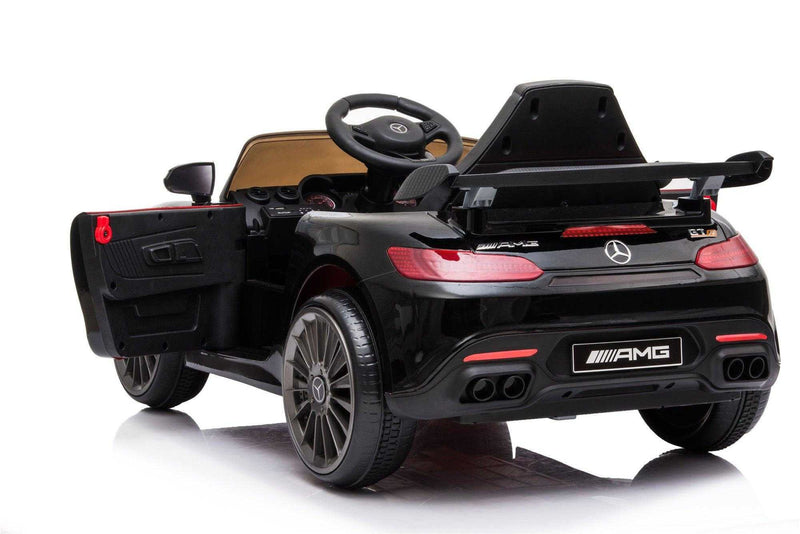New Ideas On Deciding On Kids Ride On Cars
Wiki Article
What Should You Be Looking For When You Purchase A Ride-On Vehicle For Toddlers?
When considering ride-on cars for children, it is essential to consider their age, size and stage of development to ensure that the vehicle is safe, suitable and fun for children. Here are some factors to consider:
Younger toddlers (1 to 3 years old): Look for ride-on vehicles specifically made for this age group. These vehicles have simple controls, a design that's stable, and the option of a steering wheel or button. Choose ride on cars with broad bases to ensure stability.
Older Children (3plus years) If your child grows older is expected to be able to use more sophisticated rides that have added features and controls. Look for cars that have adjustable seats with higher weight capacities as well as more interactive features like working lights, sounds, and music. Look for ride-on cars that offer the ability to adjust speed or parental controls to accommodate various abilities and to ensure safety.
Size
Height and weight when choosing a vehicle to take your child in, it is important to take into account their height and weight. Select a car whose seat size and weight is suitable for your child. Avoid large or small cars, which may be uncomfortable to drive or dangerous.
Comfort and Legroom - Make sure the ride-on vehicle has plenty of legroom to allow your child a comfortable seat. Check the dimensions of the seating area to ensure that it is suitable for your child's height and stature.
Developmental Stage
Motor Skills – When choosing the right ride-on it is important to consider the child's motor abilities and coordination skills. While toddlers of a younger age will require more control to operate the vehicle, older children can handle more complex controls as well as interactive features.
Independence and Confidence - Ride-on cars can help foster independence and confidence in children as they develop the ability to control and navigate their own car. Pick a car that allows your child to improve their motor skills, as well as confidence, by practicing driving, acceleration, and braking independently.
Choose a car that's attractive and engaging for your child. Select a car that's themed, features colors or features your child will appreciate, whether it be an old-fashioned car. A sportscar, a truck, a character from an animated series and so on.
You can choose an ride-on vehicle that is comfortable, safe and can be educational for your child, by taking into consideration their age, size, and the stage of development. Follow the most popular JCB ride on digger for site examples including car toy toy, car toy car toy, ride on digger, two seater childrens electric cars, kids electric cars, toy car for car, toy with car, electric toy car, car for toy, race car toy and more. .

What Models For Kids Can Be Used Indoors And Outdoors?
Outdoors or indoors, children' cars are designed to be used in different conditions and settings. Here are some of the different features of these cars indoor Use Cars
Weight and size The majority of indoor cars are smaller and lighter, allowing them to fit into tight spaces like bedrooms, living rooms and hallways. They can maneuver through narrow spaces and tight passageways with ease.
Low Ground Clearance: Indoor-use cars have a low ground clearance so they don't be snagged or stuck by obstacles such as rugs thresholds, or carpets. This allows for smooth and free mobility across indoor surfaces.
Smooth Wheels Smooth Wheels: The wheels on indoor vehicles are typically composed of smooth materials such as plastic or rubber. This gives stability and grip on smooth surfaces like flooring made of hardwood, laminate floors, or tiles. They are made to block out the sound of the vehicle and to prevent scratching indoor surfaces.
Limited Speed - Indoor vehicles tend to be restricted in speed to ensure safe and secure driving in small spaces. This can help to prevent collisions and accidents with walls, furniture or other objects that are found inside indoor areas.
Outdoor Use Cars -
Durable Construction - Cars intended for outdoor use are made using durable materials. These include strong metals or plastics that can stand up to the harsh elements outside, such sunlight, humidity and temperature fluctuations. They are less susceptible to wear and tear caused by exposure to outdoor conditions.
High Ground Clearance - Outdoor-use cars have a higher ground clearance so that they can deal with bumps and uneven terrain encountered in the outside. They are now able to navigate rough surfaces like pavement as well as gravel and grass.
Traction Tires Car tires that are designed for outdoor use typically have treads or patterns that enhance traction and grip when driving on slippery or uneven surfaces. This allows for better control and stability when driving in outdoor terrain.
Weather Resistance - Outdoor use automobiles may have weather-resistant parts like sealed electronics, waterproof casings, or rust-resistant materials to protect against environmental and water damage. They are able to withstand water, rain, or puddles and still perform.
Outdoor-use vehicles have a higher speed limits to allow for huge spaces and distances. This can provide a thrilling and exciting riding experience for children exploring the outdoors.
Parents can pick a car for their children that suits their needs, whether indoors or outside, by taking into consideration the features and design. This will guarantee the safety, enjoyment and long-lasting experience for children. View the top rated JCB ride on toys for website advice including ride on digger, childrens digger, two seater childrens electric cars, 2 seater electric cars, lambo toy car, toy a car, race car toy car, ride on digger, toy car for car, electric ride on cars and more. .

What Are The Different Types Of Remote Controlled Kids Cars? Pros And Pros And
The different sizes, styles of prices, sizes, and styles of children's cars with remote controls can be found to suit the needs and budgets of everyone. Pros and cons, and the dimensions, types, costs of remote-controlled vehicles for children are listed below.
Electric RC Cars – Battery-powered remote controlled cars suited for indoor or outdoor use. They are available in various styles, such as trucks or buggies.
Nitro RC Cars – Gas powered remote controlled cars that offer greater performance but need more maintenance. They are generally larger and cost more than an electric RC cars.
Scale Models Remote-controlled replicas of real-life vehicle models, including cars, trucks, boats, and airplanes. Scale model sizes range between 1-10 and 1--24. The larger models provide greater quality and greater real-world realism.
Sizes -
The sizes of remote-control cars for children vary from tiny micro-sized models to larger-scale versions. The size of the vehicle can affect its performance and speed.
Micro-sized car are lightweight and compact. They are ideal for smaller children and indoor use. Cars that are larger in size are more powerful, durable and therefore are perfect for off-road and outdoor racing.
Prices
Prices for remote-controlled kids' cars can vary depending on specifications, quality, and brand.
Electric and Nitro RC vehicles on a larger scale may cost between $100 and $500.
The cost of scale models and hobby-grade RC vehicles range between a few hundred dollars to more than 1000 dollars, based on their performance and detail.
Pros and Pros and
Pros -
Children and adults will enjoy hours of fun and entertainment by controlling their cars via remotes.
Skill development Learning to drive an RC vehicle will help kids improve their spatial awareness as well as hand-eye co-ordination.
Social Interaction: RC cars are a great way to play with friends and families, encouraging social interaction and cooperation.
Customization - A lot of RC automobiles can be modified by using aftermarket parts, upgrades and other accessories that can enhance the performance and look.
Cons
Cost - A remote-controlled vehicle for children that has advanced features or even hobby model cars can cost a lot.
Learning Curve: Operating a RC car takes time and practice. Younger children may initially be unable to manage the controls.
Maintenance - RC vehicles require regular maintenance, which includes cleaning, lubrication, and occasional repairs or part replacements.
Safety Concerns – RC cars can pose safety risks like falls, collisions and electrical dangers if they aren't used under supervision of an adult and proper care.
Remote control cars for children can be a fantastic educational and fun experience. However, it's important to choose the right model based on factors like size, safety, cost and features. Hobby-grade RC vehicles are best for older and enthusiast children, while simpler cars are ideal for children who are younger and novice children. Have a look at the best remote control childrens cars kidscars.co.uk advice for website info including childrens ride on, ride electric car, riding digger, pedal car, ride on toy, toy the car, toy with car, car electric ride on, ride on car, kidscars and more. .
